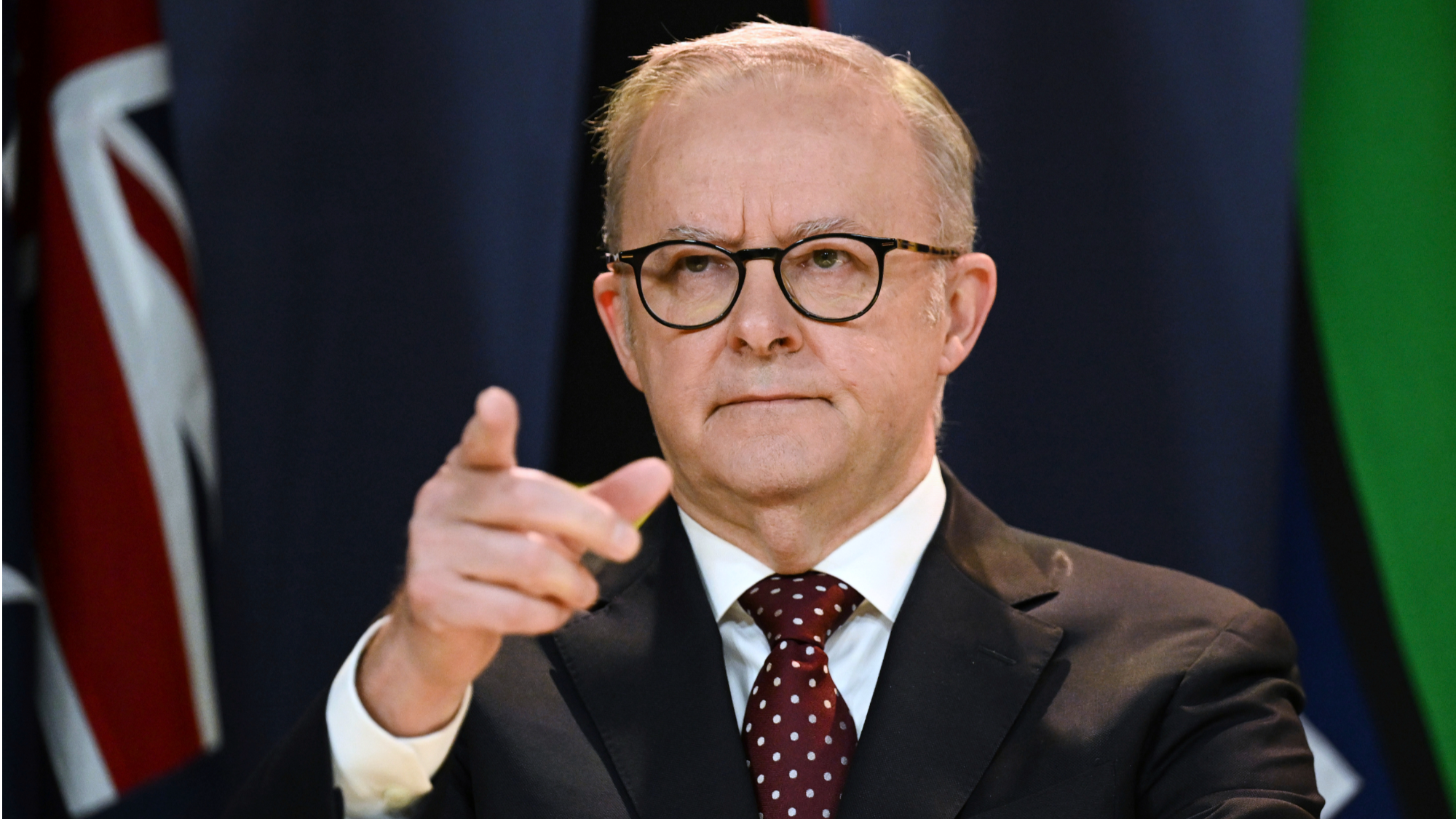
SYDNEY - Australia's government launched fresh tax cuts on Tuesday and announced other cost-of-living relief in a major push to win back disgruntled voters, tipping the budget back into the red.
Prime Minister Anthony Albanese's center-left government is seeking to win a second term in a May election and currently running neck-and-neck in the polls against the conservative Coalition opposition.
"This budget is really a platform for prosperity in a new world of uncertainty," Chalmers said in a press briefing. "It recognizes the cost of living pressures are front of mind for many Australians."
READ MORE: Re-election pledges to tip Australian budget back into red
In keeping with the practice of recent years, most of the measures announced in the budget had already been flagged.
However, the two new rounds of tax cuts, worth A$17.1 billion ($10.7 billion), came mostly as a surprise and build on those introduced last year.
Through cutting the lowest tax bracket, a worker on average earnings will get a new tax cut of A$268 in the fiscal year ending June 2027 and A$536 per in the following fiscal year, more modest than the A$1,654 relief in the tax cuts introduced this fiscal year.
The budget also features an A$8.5 billion investment in public healthcare. It will also extend electricity rebates until the end of the year, roll out funding for public schools and cut student debt.
That will knock the underlying budget balance for the 2025 fiscal year back into the red after two years of surpluses.
The A$27.6 billion deficit is slightly worse than the government's projection of A$26.9 billion in December. Most analysts had expected an improvement in the fiscal position.
Deficits are expected to widen to a total of A$179.5 billion over the forward estimates.
'Australian exceptionalism'
The budget also included A$3 billion in investment to support local production of green metals, A$20 million to encourage consumers to buy Australian-made goods and initiatives to boost economic competitiveness.
Some of this largesse will be funded by a tax windfall from an unexpectedly tight labor market and still strong mining profits. It now expects the jobless rate to peak lower at 4.25 percent and upgraded its near-term outlook for company receipts thanks to resilient commodity prices.
In his budget, Chalmers projected a robust Australian economy in the face of growing global headwinds. The economy has moved past its trough, expanding at the fastest pace in two years last quarter, while the unemployment rate stayed at a historically low 4.1 percent.
It estimated a modest impact from higher US tariffs on Australia by 2030.
"This genuinely is a story of Australian exceptionalism in the context of global economic uncertainties," Chalmers said.
READ MORE: Australia's central bank cuts rates, cautious on further easing
The increased spending and strong labor market, however, mean inflation is now expected to pop up again to 3 percent over the next fiscal year, the top of the central bank's target band of 2-3 percent, before steadying at 2.5 percent.
That is likely to trouble the Reserve Bank of Australia, which has warned further policy easing is not guaranteed, having just cut rates for the first time in over four years last month.
The RBA sees underlying inflation settling at 2.7 percent over the long term, above the midpoint of the target band. The market is not pricing another full rate cut until July, while rates are only seen falling to 3.4 percent by the end of the year, from 4.1 percent currently.


